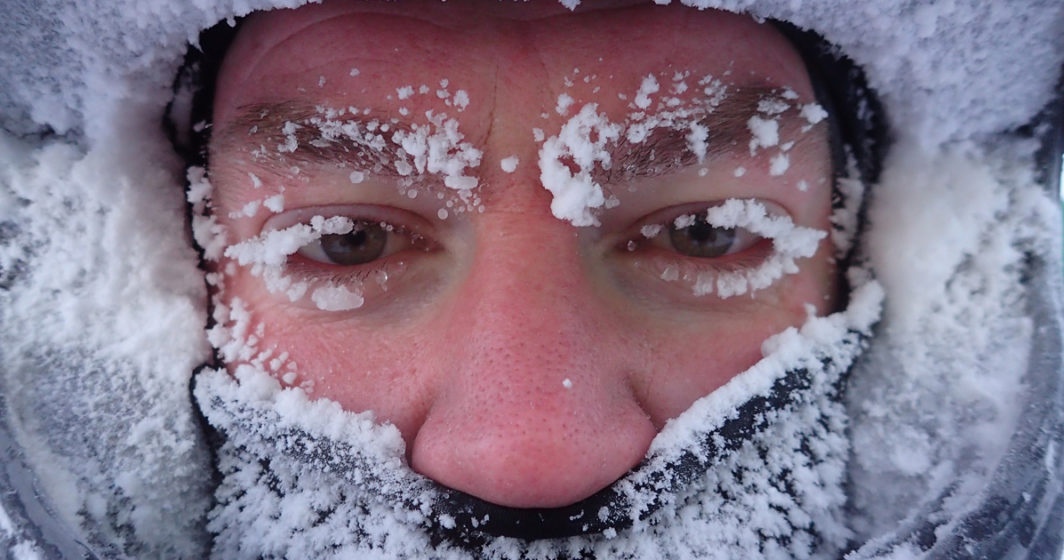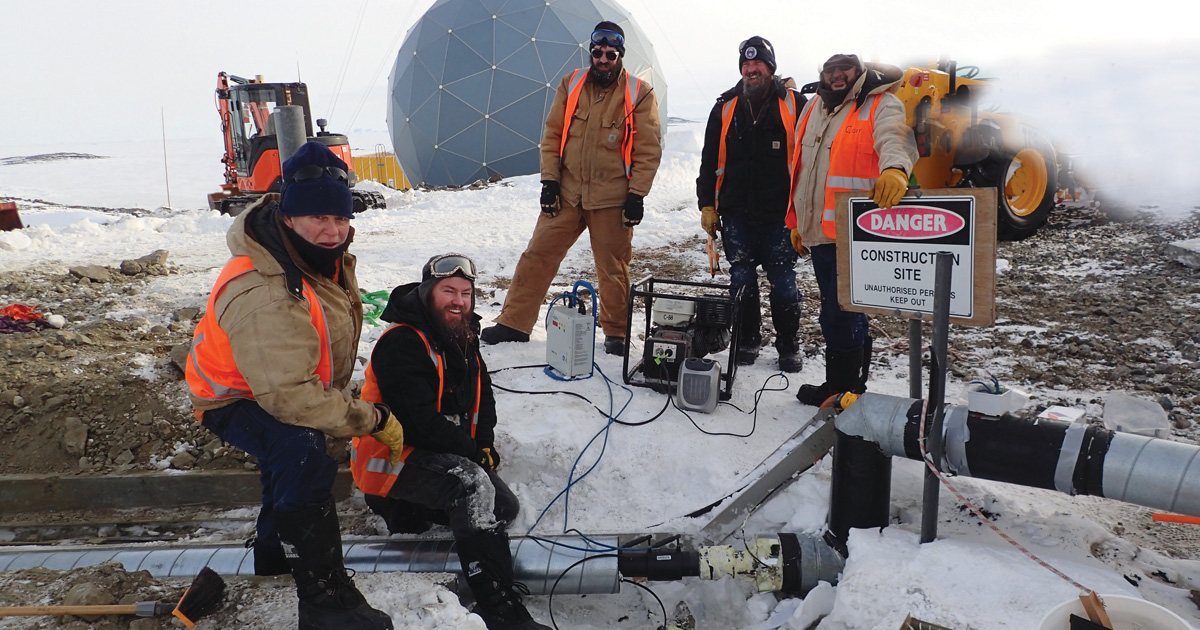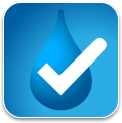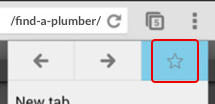For mechanical services plumber Brendan Hopkins, Antarctica is an unusual and yet awesome workplace. Story by Kathryn Kernohan.
Everyone has a funny work-related story or two – but few of them involve a grumpy penguin.
“One day I was accosted by a penguin. He was in the work area and we have strict regulations around not approaching wildlife,” begins Brendan Hopkins.
“For a couple of days we would see him and try to ‘shoo’ him away but he began to get quite grumpy and angry. By day three, he completely cracked it, ran at me, slammed his flippers into me and started biting me in quite an awkward spot!
“Unfortunately nobody else was there to witness it but I was able to get some good photos of him…”

Close encounters with penguins are par for the course for staff on the Australian Antarctic Program, where Brendan has spent five seasons, ranging from six weeks to 18 months in length.
The world’s coldest, windiest and driest continent is home to four permanent Australian research stations at Mawson, Davis, Casey and Macquarie Island.
All four stations are occupied year-round by world-class scientists who work to understand, conserve and protect Antarctica’s environment and life form, in addition to support staff.
For Brendan, who has a background in mechanical services plumbing, stumbling across a newspaper advertisement sparked a decade-plus relationship with Antarctica.
“I was in Brisbane and there was an ad in the newspaper looking for plumbers to join the program. It came at a time when work was drying up a little bit and it just felt like the right time to try something new.”
At Casey, which is almost 3,500 kilometers south of Hobart and where Brendan has spent three seasons, up to 150 expeditioners can visit during the summer.

When winter rolls around in February, the majority of people fly home and only a couple of dozen people remain on station with no other contact with the outside world for eight months.
“It’s a really unique lifestyle there in that the person you’re working on the tools with is also the person you have a drink with at the bar, the person you have dinner with and the person you have breakfast with,” says Brendan.
“Everyone has their own bedroom and we share bathrooms. The living quarters, kitchen and mess area are communal so it’s like a big share house.”
Casey Station, known as the Red Shed, also has a home theatre, a gym, a photographic dark room, a library and even a home brewery, which serves the on-site bar Splinters.
There’s also a cash-free ‘supermarket’ stocking essential supplies and a hydroponics room filled with fresh produce including tomatoes, lettuce, cucumbers and capsicums - an escape from the snow and ice outside particularly as there is often a period of a couple of weeks mid-year when the sun does not rise at all.
Team members also confront the challenge of returning to normal life back in Australia after such long isolating periods abroad.
“It was definitely difficult to readjust the first time I got back. One of the strangest things was driving - I’d spent 18 months only driving a ute at 15km an hour and rarely seeing anyone else on the road, so it was hard to get my head back around driving at 100km on a freeway.”
As well as day-to-day plumbing duties - always made challenging by constant fire risks due to the freezing conditions - Brendan has also served as Building Services Supervisor for the construction of wastewater treatment plants at Davis and Casey.
The former, the first waste water treatment plant to be built for the Australian Antarctic Program, was in 2015.
“Studies were conducted to see the impact on the local environment, and it wasn’t great, so lots of money and time was invested to design and build a new wastewater treatment plant,” recalls Brendan.
“It was designed and built by a German company [Martin Membrane Systems] and arrived to us in five shipping containers. We had a crew of 12 to 14 people and we had to put it together like a big Meccano set!”
The technologically advanced system uses a membrane filtration process to separate water that can be filtered and sent out to sea with waste that can be processed and removed from Antarctica.
Davis station has since installed an advanced treatment plant, trialed in Hobart, which can produce drinking water that exceeds both Australian and World Health Organisation guidelines.
Brendan has combined his expeditions with teaching plumbing and mechanical services for a decade, and has recently taken up teaching full-time.
Does it signal that his days in subzero temperatures are done? “They say that once you get ice in your veins, you don’t want to stop and I definitely feel that, so there’ll always be one last trip to come.”
If you’re interested in learning more about the Australian Antarctic Program, visit antarctica.gov.au. Visit jobs.antarctica.gov.au to register for notifications about future job applications, which open in early December.
Share this Article






